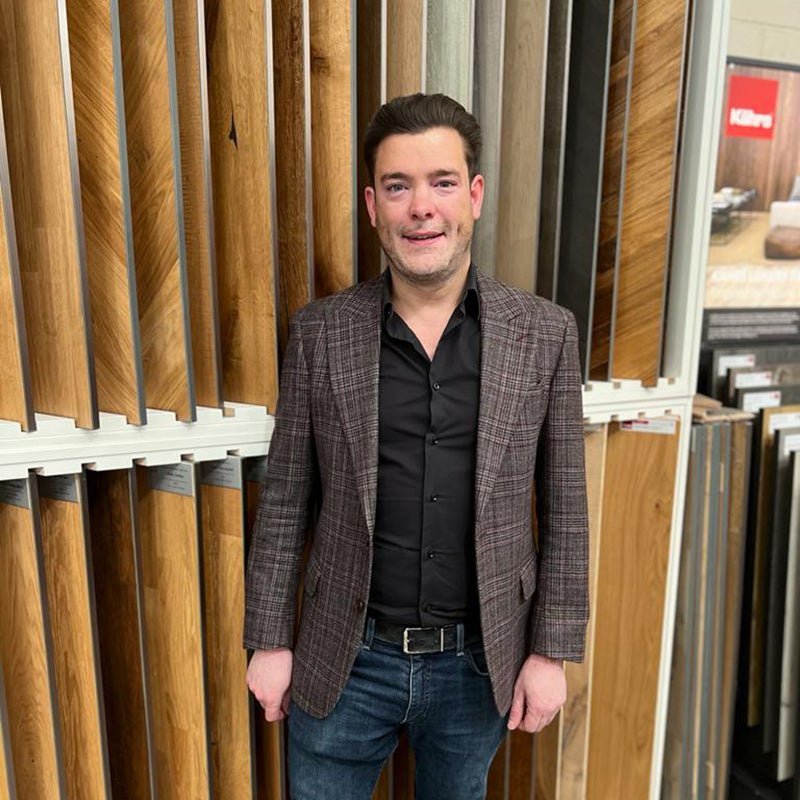First-Time Buyers’ Guide to Flooring: Where to Save and Where to Spend
Quick Links
Know Your Priorities Before You Shop
Bonus Tip: Budget for the Whole Package
Buying flooring for the first time? Welcome to a world where wood suddenly has dozens of personalities, vinyl has gone posh, and tile might just make or break your budget. If you're standing at the start of a flooring journey, it can feel overwhelming. But don’t worry — this guide is here to help you figure out exactly where to save and where to spend, without making rookie mistakes.
Know Your Priorities Before You Shop
Before diving into materials or prices, ask yourself some honest questions:
-
Is this your forever home, or a short-term stop?
-
Do you have pets or kids that will test the floor’s limits daily?
-
Are you renovating to increase resale value, or just want the place to feel like home?
Your answers matter. Flooring isn’t one-size-fits-all — it’s a balance between style, function, and lifespan. So, let’s break down where your money is best spent, and where you can save smart.
Where You Should Spend
1. High-Traffic Areas
The hallway, kitchen, living room — these zones see it all. Shoes, spills, chairs dragged without a second thought. You’ll thank yourself later for investing in durable, high-quality flooring in these spots.
-
Good Spend: Engineered wood, LVT (luxury vinyl tile), or premium laminate.
-
Why: These hold up under pressure, resist moisture, and don’t wear out as quickly.
2. Professional Fitting (When Needed)
Yes, DIY is tempting. But botched installations are more common than you'd think — especially with herringbone patterns, stairs, or uneven subfloors.
-
Good Spend: Hire pros for fitting if the job is complex.
-
Why: A poor install can void warranties and ruin even the best flooring.
3. Underlay
This is the hidden hero. A good underlay improves insulation, softens sound, and gives your flooring longer life.
-
Good Spend: Choose quality underlay suited to your flooring type (especially for laminate or wood).
-
Why: Cheap underlay leads to squeaky floors, cold feet, and reduced durability.
4. Moisture-Prone Rooms
Bathrooms, utility rooms, or basements need extra attention. Don’t go for budget materials here unless you want water damage drama later.
-
Good Spend: SPC (stone plastic composite), waterproof LVT, or ceramic tile.
-
Why: These materials are designed to handle moisture without warping or staining.
Best Places to Save on Flooring for Low-Traffic Rooms
1. Spare Rooms or Guest Bedrooms
These aren’t used daily, so you can dial it back on the spend here.
-
Smart Save: Standard laminate or budget carpet.
-
Why: They look good, are easy to install, and can still last years in a low-use space.
2. Simple Layouts (DIY-Friendly Areas)
If the room is square with no tricky corners or transitions, DIY installation can save a chunk of money.
-
Smart Save: Install click-lock vinyl or laminate yourself.
-
Why: Many modern systems are designed for beginners, with loads of video guides online.
3. Trendy Looks (Use Alternatives)
Dreaming of solid oak chevron floors? They look amazing — but so does herringbone LVT at a quarter of the cost.
-
Smart Save: opt for patterned laminate or vinyl alternatives.
-
Why: You get the look for less, and many guests won’t know the difference.
4. Retail vs Online Deals
Local showrooms are great for inspiration, but don’t always offer the best price.
-
Smart Save: Once you know what you want, shop around online.
-
Why: You’ll often find discounts, clearance deals, or bundle offers.
Bonus Tip: Budget for the Whole Package
First-time buyers often forget to factor in:
-
Delivery fees
-
Door trimming
-
Flooring accessories (beading, thresholds, adhesives)
-
Waste allowance (usually 5–10%)
Leave a little buffer in your budget for these extras. It’s better than getting caught short halfway through.
Conclusion
Flooring doesn’t have to break the bank — but it does need some thought. Spend wisely on areas that’ll take a beating and save smart in the spaces that don’t need top-shelf materials. A mix of high and low investment choices often gives you the best result — both for your lifestyle and your wallet.
And remember: it's your home. Choose what feels right, not just what trends dictate.



